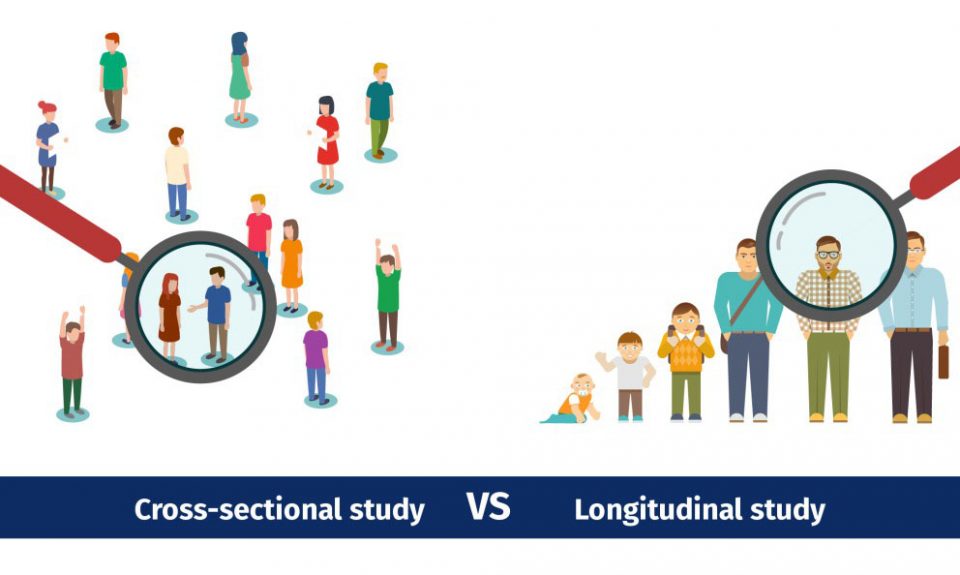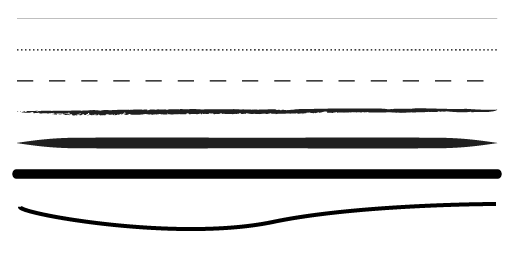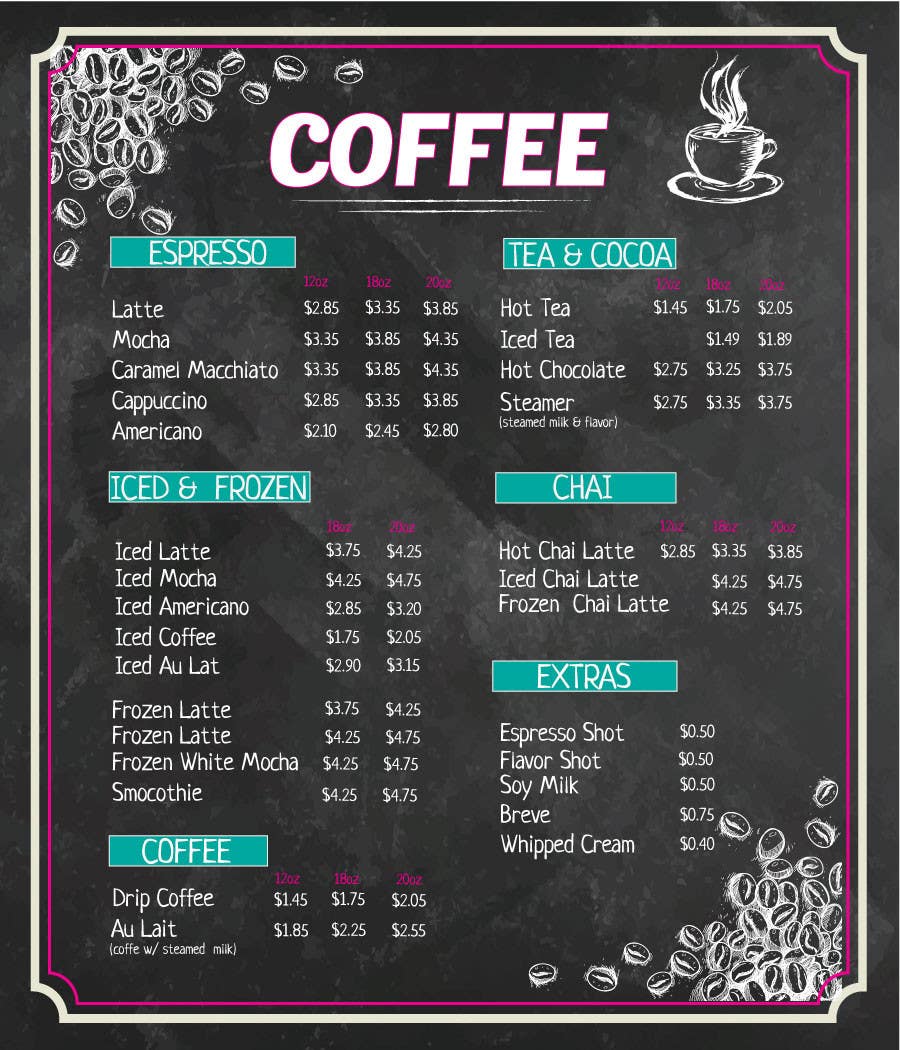Table Of Content

Such a study needed to be a longitudinal survey since you can only understand the effects of aging en masse by considering the results over time. The results from this study are being used in areas like cardiovascular research and preventable hospitalizations. In cohort studies, researchers merely observe participants without intervention, unlike clinical trials in which participants undergo tests. Firstly it was a study carried out in a single population in a single town, bringing into question the generalisability and applicability of this data to different groups. However, Framingham was sufficiently diverse both in ethnicity and socio-economic status to mitigate this bias to a degree.
Psychometric properties of the Suicidal Ideation Attributes Scale (SIDAS) in a longitudinal sample of people ... - BMC Psychiatry
Psychometric properties of the Suicidal Ideation Attributes Scale (SIDAS) in a longitudinal sample of people ....
Posted: Thu, 16 Dec 2021 08:00:00 GMT [source]
Costly and time-consuming
One of the longest longitudinal studies, the Harvard Study of Adult Development, has been collecting data on the physical and mental health of a group of men in Boston, in the US, for over 80 years. Longitudinal studies are a type of correlational research in which researchers observe and collect data on a number of variables without trying to influence those variables. Both studies are valuable for psychologists to observe a given group of subjects. Still, cross-sectional studies are more beneficial for establishing associations between variables, while longitudinal studies are necessary for examining a sequence of events. There are many other techniques like latent transition analysis, event history analysis, and time series models that have specialized uses for particular research questions with longitudinal data. The choice of model depends on the hypotheses, timescale of measurements, age range covered, and other factors.
The Study of Mathematically Precocious Youths
They can also be particularly useful for ascertaining consumer trends if you’re trying to research consumers with a specific common characteristic. An example of such a study would be observing the choice of cereal for kids who go to Sunshine Elementary School over time. As for a formal definition, a longitudinal study is a research method that involves repeated observations of the same variable (e.g. a set of people) over some time. The observations over a period of time might be undertaken in the form of an online survey. It can be tremendously useful in a variety of fields to be able to observe behavior or trends over time.
Mobile-first Surveys

Like Sonia, her preferences for eggs changed since she watched the documentary. Consider a study conducted to understand the similarities or differences between identical twins who are brought up together versus identical twins who were not. The study observes several variables, but the constant is that all the participants have identical twins.

Life weariness, suicidal thoughts and mortality: a sixteen-year longitudinal study among men and women older than 60 ... - BMC Public Health
Life weariness, suicidal thoughts and mortality: a sixteen-year longitudinal study among men and women older than 60 ....
Posted: Fri, 09 Jul 2021 07:00:00 GMT [source]
For this reason, researchers using this approach typically recruit many participants, expecting a substantial number to drop out before the end. Not only is it a struggle to recruit participants, but subjects also tend to leave or drop out of the study due to various reasons such as illness, relocation, or a lack of motivation to complete the full study. Recall bias occurs when participants do not remember past events accurately or omit details from previous experiences. Studentsshould always cross-check any information on this site with their course teacher.
When Would You Use a Longitudinal Study?
Because the participants share the same genes, it is assumed that any differences are due to environmental analysis, but only an attentive study can conclude those assumptions. The design of the study is highly dependent on the nature of the research questions. Whenever a researcher decides to collect data by surveying their participants, what matters most are the questions that are asked in the survey.
A cross-sectional study is a type of observational study in which the researcher collects data from variables at a specific moment to establish a relationship among them. On the other hand, longitudinal research observes variables for an extended period and records all the changes in their relationship. A longitudinal study is a research conducted over an extended period of time. It is mostly used in medical research and other areas like psychology or sociology. This chapter addresses the peculiarities, characteristics, and major fallacies of longitudinal research designs.
Examples of Longitudinal Surveys
That is really what drives us at Surveysparrow, that you might find something in the results you didn’t expect, and it might change the course of your company for the better. In this article, we’ll discuss the effects of selection bias, how it works, its common effects and the best ways to minimize it. A researcher wants to know if there’s any relationship between children who drink milk before school and high classroom performance. First, he uses a sampling technique to gather a large research population.
Enterprise Survey Software
In the 18th century, Count Philibert Gueneau de Montbeillard conducted the first recorded longitudinal study when he measured his son every six months and published the information in "Histoire Naturelle." For example, imagine that researchers are interested in the mental health benefits of exercise in middle age and how exercise affects cognitive health as people age. The researchers hypothesize that people who are more physically fit in their 40s and 50s will be less likely to experience cognitive declines in their 70s and 80s. In particular, the study attempts to track patterns of substance abuse and mental health among the subjects and correlate them to the prenatal habits of the parents.
Like the Up series, it aims to study the life trajectories of a group of British children relative to the socio-economic and demographic changes occurring in Britain. The study has provided researchers with several interesting insights into what constitutes the human quality of life. The study is conducted in the form of interviews in which the subjects report the changes that have occurred in their lives in the last 7 years since the last interview. The thing to remember when thinking about what a longitudinal study is is that they can have broad objectives.
Time invested in this initial period will improve the accuracy of data eventually received, and contribute to the validity of the results. Regular monitoring of outcome measures, and focused review of any areas of concern is essential (3). These studies are dynamic, and necessitate regular updating of procedures and retraining of contributors, as dictated by events. No set amount of time is required for a longitudinal study, so long as the participants are repeatedly observed.












